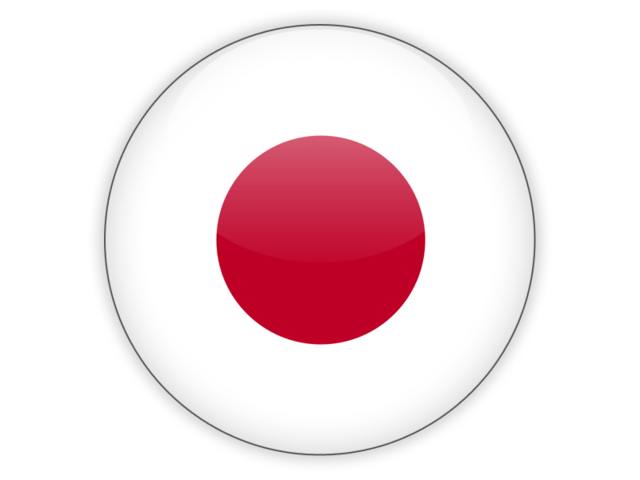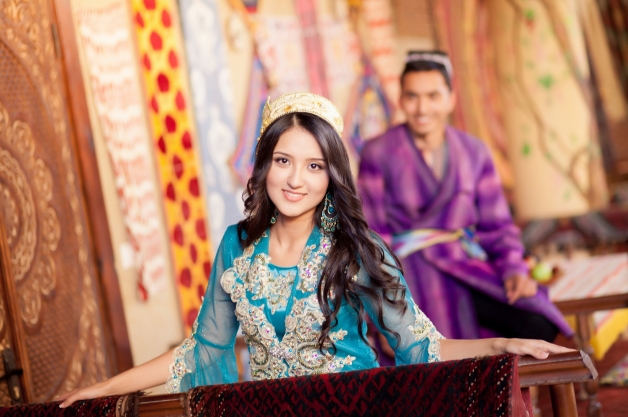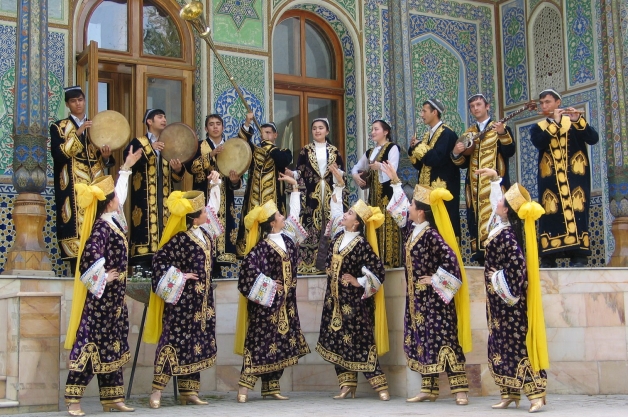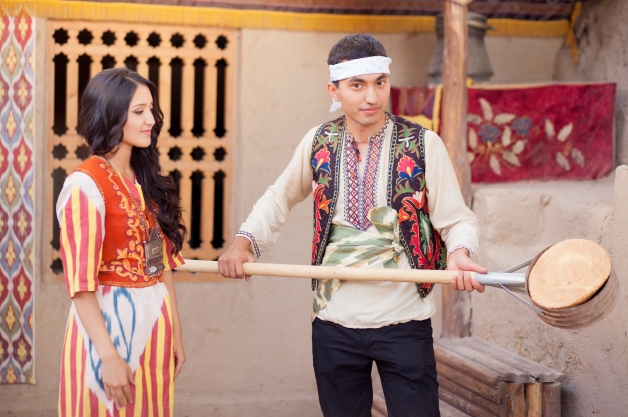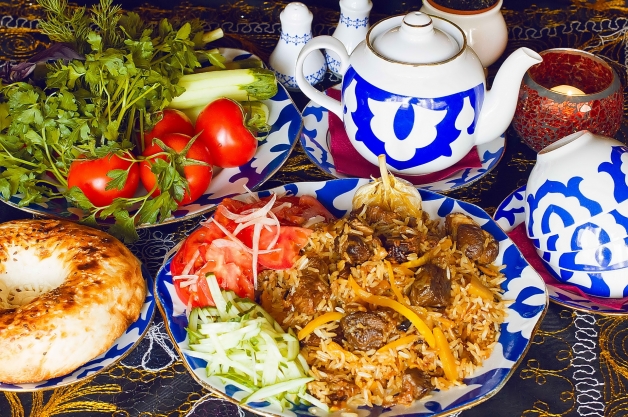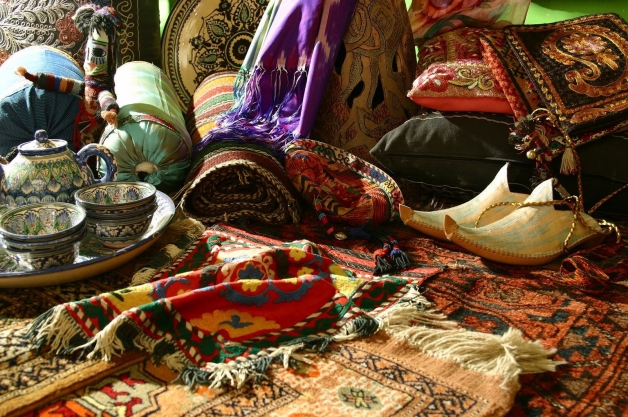Uzbekistan Oriental Bazaars
Just like many centuries ago, oriental bazaars are full of people, goods, crush, bustle, and peculiar bazaar spirit – the Spirit of Trade which has been flourishing since the times of the Great Silk Road.
There is a famous bazaar in each town and equally famous specialized bazaars around towns. Many of them are several centuries old. In their core, these are just places, crossroads where people have been gathering and selling and buying things for centuries. There are birds and cattle bazaars, carpets bazaars, hats bazaars, jewelry bazaars, and even knives or horse bazaars.
It is great pleasure to walk along with Fergana bazaars. Cheerful and kind Fergana people invite customers to come to their counters, and they want less to sell than to talk. “If you do not want to buy, come and taste it at least.” They have their pictures taken with great pleasure and if you ask them a question about goods, you will hear the whole story. Indeed, have you got thorough knowledge about rice? And they do know everything about rice.
What about Chust? Provincial and nice Chust where one of the oldest bazaars is found, skull-caps one (“tyubeteika”). It takes one week for a master-hand to make one skull-cap. Then it is given to Chust bazaar, a crossroad in front of the mahalla, where at bazaar day – only one in a week – there is no room to swing a cat. Customers from all over Uzbekistan come to this bazaar to buy authentic Chust skull-cap which is either worn only on holidays or is given as a present.
Siab Bazaar in Samarkand is a world of sweets. Noisy, smiling Siab, huge, stretched far beyond its borders, in the shade of ancient monuments, invites you to taste, talk, make jokes with sellers. Here, you can drink mulberry juice which has just been made before your very eyes – tart, thick-vinous, coloring your hands and tongue crimson.
What about Tashkent? After so many years, it is impossible to tell for sure who and when has started to use spices in the East. As you know, water seasoned with bay leaf and cumin can be considered as a soup, and if you add some millet there, it will already be a royal dinner… And the very poor man in the East could boast of seasoning food with expensive spices just as the richest people in Europe.
The majority of spices came to our land from South East Asia where from caravans were moving along the Great Silk Road, with bags full of pepper which was getting more and more expensive with each parasang and by the time of arrival to the place of destination, it cost as a whole bag of jewels.
Spices can be bought at any bazaar in Tashkent but the widest product range is at Eski Juva, Chorsu. Countless counters with spices from different regions of Uzbekistan, India, China, UAE are found under a huge dome building on the second floor.
Everything can be found here – possibly, there is hardly a spice which is not there. Even if it is not available at the moment, it will be found and brought especially for you.
It is a great pleasure to walk across the bazaar and look at colorful hills with various smell, ask their names, listen to stories about spices and, of course, buy them measured by tiny shots in small paper-bags, a bit of every spice.
So that when you are back home from the trip, you open this little paper-bag with jeera, smell it and remember Uzbekistan.
Every bazaar has its peculiarity and a product that cannot be bought anywhere else. Either you buy it overpaying or buy the wrong thing. Hats and wool socks are better to be bought in Khiva. Gold and jewelry – in Bukhara. In Samarkand – dried fruits, flat cakes, sweets. In Fergana Valley – ceramics, knives, silk. In Tashkent – spices.
You can find souvenirs everywhere. It is important to remember not to buy ancient things as the customs will not let them pass. When you buy a carpet, special document should be completed at a factory.
The bazaar is the heart of the East.







